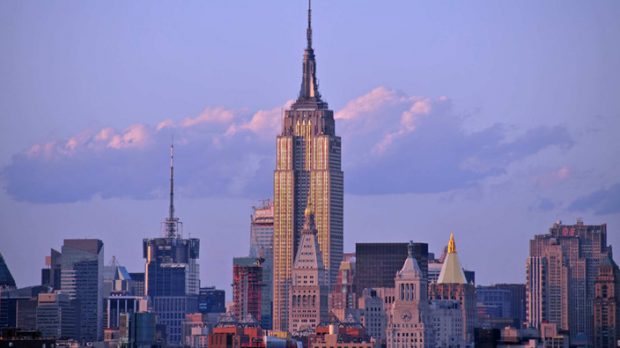
In addition to Manhattan, New York has four other districts to offer. There is a lot to discover. From the salt fields of Staten Islands to the Yankees Stadium in the Bronx, from the suburban idyll in Queens to Brooklyn’s classic sandstone houses.
When you say New York, you often mean Manhattan. No wonder, because the oldest part of the metropolis is undoubtedly the most important. Almost all of New York’s attractions are here.
City and district administrations, the United Nations, countless national and international companies have their headquarters in Manhattan. Wall Street, home to the world’s most important stock exchange. No wonder Manhattan is home to the rich: the average per capita income is the highest in the entire United States.
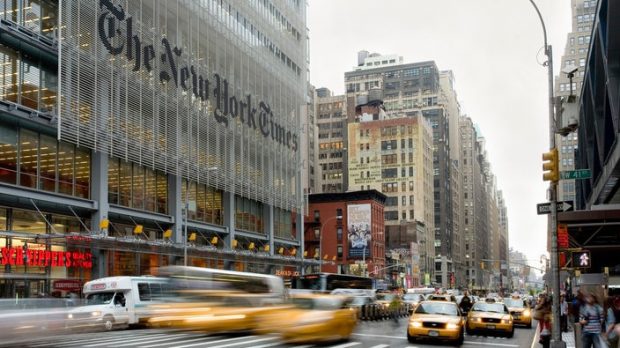
Manhattan – Not a district for low and normal wage earners
It’s always been tight in Manhattan. Almost a million people were already living there at the end of the 19th century. The solution? Manhattan is becoming the home of skyscrapers. The tallest building in the world stood here from 1890 to 1973, and Manhattan’s skyscrapers have been the symbol of the island’s wealth and economic strength since the 1920s.
Up until the 1980s, the cityscape of Manhattan was very mixed: the posh districts around Central Park contrasted with areas such as Harlem or the Lower East Side, where there are many tenements and social buildings. But these immigrant quarters are increasingly disappearing, and living space there is hardly affordable for low or normal wage earners.
Rents in Manhattan regularly reach global highs: in 2017, an average of 57 dollars was paid for one square meter of living space, and even more, than ten times that for office space. No wonder that Manhattan is just a place of work, not a place of residence, for more and more New Yorkers. 1.5 million people commute there from the suburbs and the surrounding area every day.
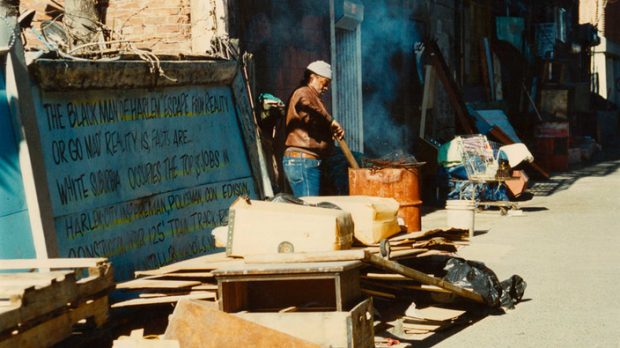
Bronx: social hotspot
As early as the 19th century, the Bronx north of the Harlem River (named after the Dutch settler Jonas Bronck) became part of New York, which was suffering from a lack of space. A rural area quickly turns into an urban one and a farming village into a working-class district.
The proximity to Manhattan with comparatively cheap rents and living costs makes the Bronx attractive for immigrants, and many residents of Harlem are moving north.
In the 1970s, the Bronx was seen as a negative example when it came to urban planning. Anonymous apartment blocks and social buildings dominate the scene, huge highways have destroyed historically grown neighborhoods, budgets for urban services such as garbage disposal or the fire department are being cut.
The crime rate rises continuously until the administration takes countermeasures in the 1990s. This creates new living spaces and improves opportunities for relaxation and entertainment. The Bronx shows its green side – after all, a quarter of the district is undeveloped.
In addition to the typical big-city geography, many extensive parks, botanical gardens, and golf courses now shape the image of the Bronx. The world-famous Bronx Zoo and the new stadium for the New York Yankees baseball team, which opened in 2009 and is considered one of the most modern sports facilities in the world.
Once across the East River – and you’re in another world. While Manhattan seeks its salvation up, Brooklyn grows outward. Instead of tons of skyscrapers, you can see neat townhouses lined up in rows, instead of hectic activity there is peace and tranquility.
Brooklyn already shone in the 19th century with what Manhattan doesn’t have: space. A village with 5,000 inhabitants becomes a city of over a million in less than a century.
Unlike New York, there is enough building land in Brooklyn for factories, shipyards, and shipping companies; industrialization makes Brooklyn one of the largest cities in the United States. The reservations were correspondingly great when the city became part of “Greater New York” in 1898.
In Brooklyn they pride themselves on their independence, they don’t want to have anything to do with either high society or the slums of Manhattan. But with the construction of the Brooklyn Bridge in 1883 at the latest, the cities grew closer and closer together. Brooklyn is becoming the dormitory of many commuters, the home of the working class, who come from all over the world but still find a common identity.
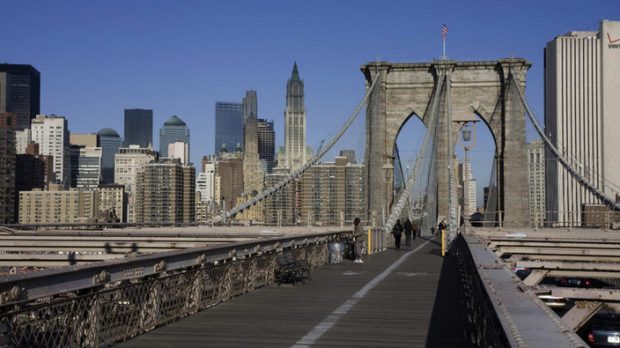
Brooklyn Bridge: the boundary between big and small cities
With 2.5 million inhabitants, Brooklyn is the most populous of the five New York boroughs, but the structure and attitude to life in most parts of the city remain manageable.
See also What Is the Point of Choosing the Right Skyline View Point in NYC
At the end of the 20th century, the service segment became more and more important, and many intellectuals, writers, and artists moved to Brooklyn. That doesn’t damage the image of the district. Brooklyn is and will remain New York’s cozy and charming backyard.
At 283 square kilometers, New York’s largest district in terms of area combines many of the characteristics of the other districts. In some areas, it is quiet and homely like in large parts of Brooklyn. On the other hand, there are also many urban elements in the cityscape: several commercial centers, huge shopping malls, and industrial plants. The Citicorp Building, New York’s tallest skyscraper outside of Manhattan.
Queens borders Manhattan and Brooklyn to the west, and Nassau County, which is increasingly small-town, to the east, and adapts to its neighboring districts: the further east you go, the more the city becomes a suburb.
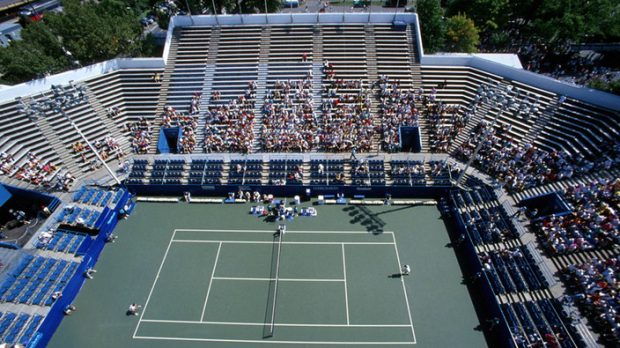
Flushing Meadows: Home of the US Open
In addition to many museums and universities, Queens has a lot to offer, especially when it comes to sports. The Mets baseball team plays its home games here, there are two large horse racing tracks and Flushing Meadows Park, where the US Open tennis tournament is held every summer.
See also Facebook is creating an audio chat product to rival Clubhouse
Queens is the part of New York that most travelers see first, as JFK and LaGuardia, two of New York’s three major airports, are located here.
“The best thing about Staten Island is the Statue of Liberty on the way there,” the New Yorkers scoff at the poorest of the five boroughs.
In fact, Staten Island has few attractions to offer. Most tourists take the free ferry from the southern tip of Manhattan to Staten to enjoy the imposing view of the skyscrapers and the Statue of Liberty, and then come back on the next ship.
And the residents of the island southwest of Manhattan also felt forgotten and abandoned by the city administration for a long time. By the mid-1960s, only the area around the shipyards and ports had been developed, the rest of the island was more or less fallow.
It was not until the Verrazano Narrows Bridge was built in 1966, which connected Staten Island with Brooklyn, that there was a noticeable development. Cheap building land and partly untouched nature ensured a considerable influx, by 2008 the population doubled to 440,000. About 500,000 people currently live in this part of New York.
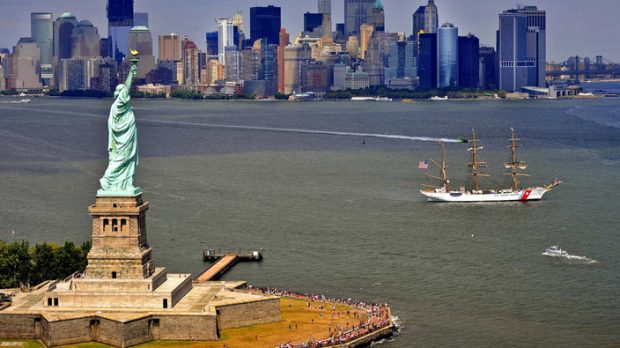
Statue of Liberty
Staten Island is the least urban district in New York. The island is not connected to the subway network, even to nearby New Jersey, there has only been a regular bus connection since 2007.
READ: 25 Top-Rated Tourist Attractions & Things to Do in Dubai
Despite all efforts, the district looks more like a typical suburb, as there are thousands in the United States. Contemplative, politically conservative, devout, and mostly white – Staten Island also differs noticeably from the rest of New York in demographic terms.
Like us on Facebook for more stories like this: